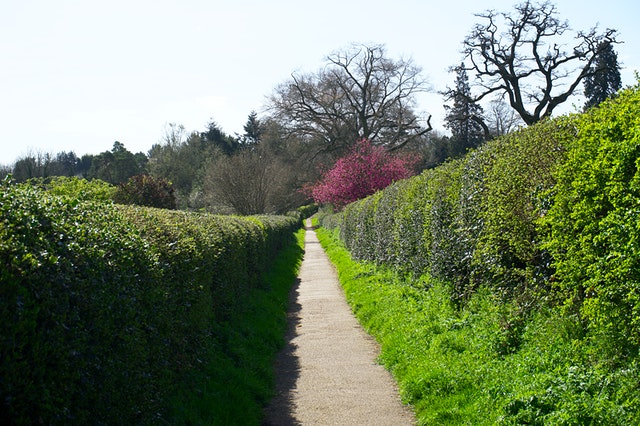The Yew hedge is an ornamental evergreen hedge plant. It is also known as the English yew, or European yew. The scientific name for the Yew hedge is Taxus baccata. It is a member of the Taxaceae family, which includes cedar and juniper.
All parts of the Yew hedge plant, including branches and berries, contain Alkaloids which are poisoinous to both humans and animals. It is strong and impenetrable, and in combination with a long life span, it makes a beautiful hedge that will last many years. There are different species of Yew:
The Taxus Baccata, also known as the English Yew, common Yew or European Yew. The Taxus Baccata is the most popular of the Yew species. The evergreen plant has a classic and luxe appearance and can survive cold winters.
The Taxus Baccata David is a slow growing Yew with tightly packed branches forming a neat colomn. It is very tough, has a tolerance to shearing and adaptabillity makes it a popular option for hedges.
Taxus Media Hicksii and Taxu Media Hilli. The difference between these two slow growing plants is that the Hicksii is the female and the Hilli the male. This means that the Hicksii can grow berries where the Hilli can not. This is the only difference between these two hedge plants.
When is the right time to grow a Yew hedge?
The best time to plant a Yew hedge is when the weather is cool. Either in early spring or fall would be sufficient. It is important that the Yew hedge doesn’t have to content with extreme drought or heat.
